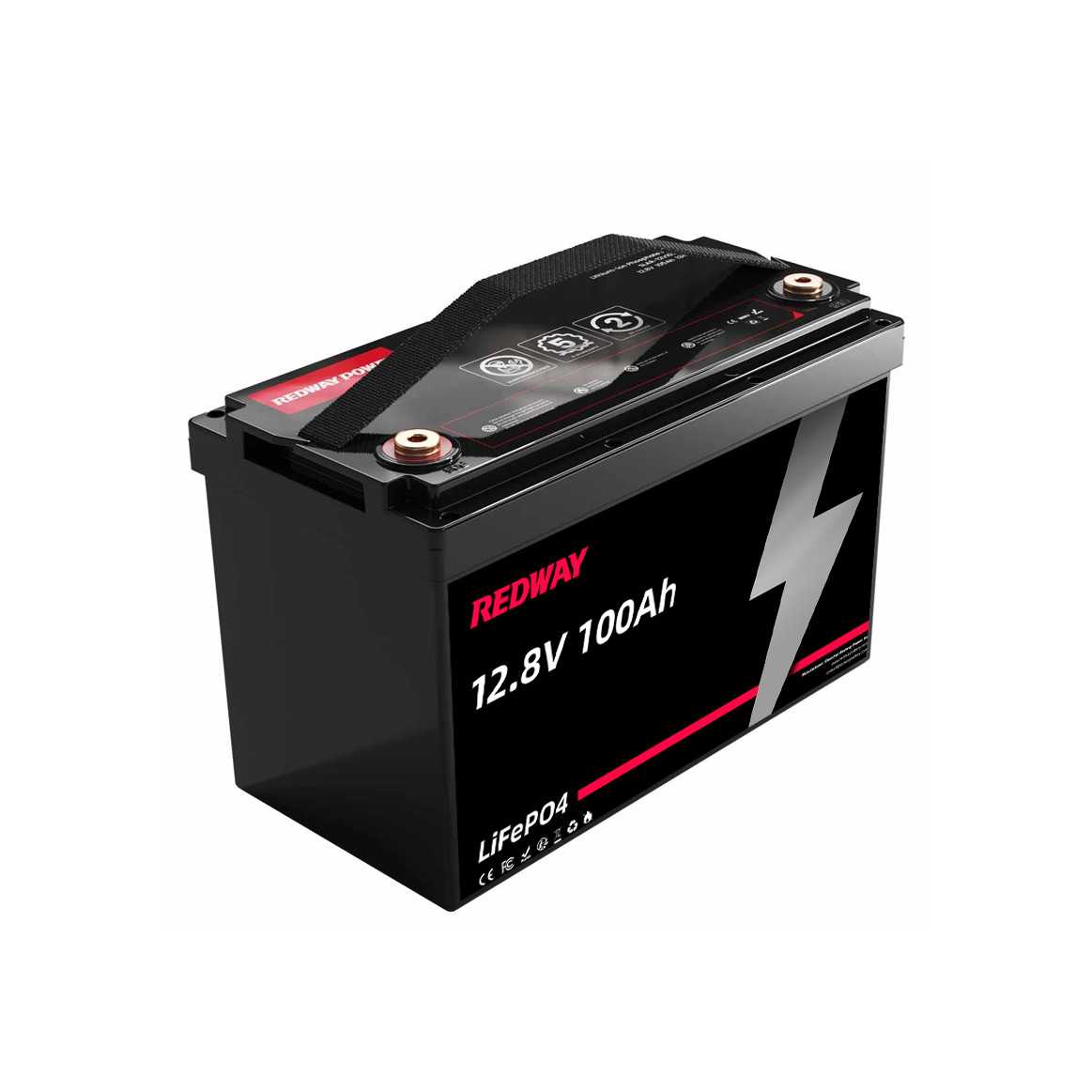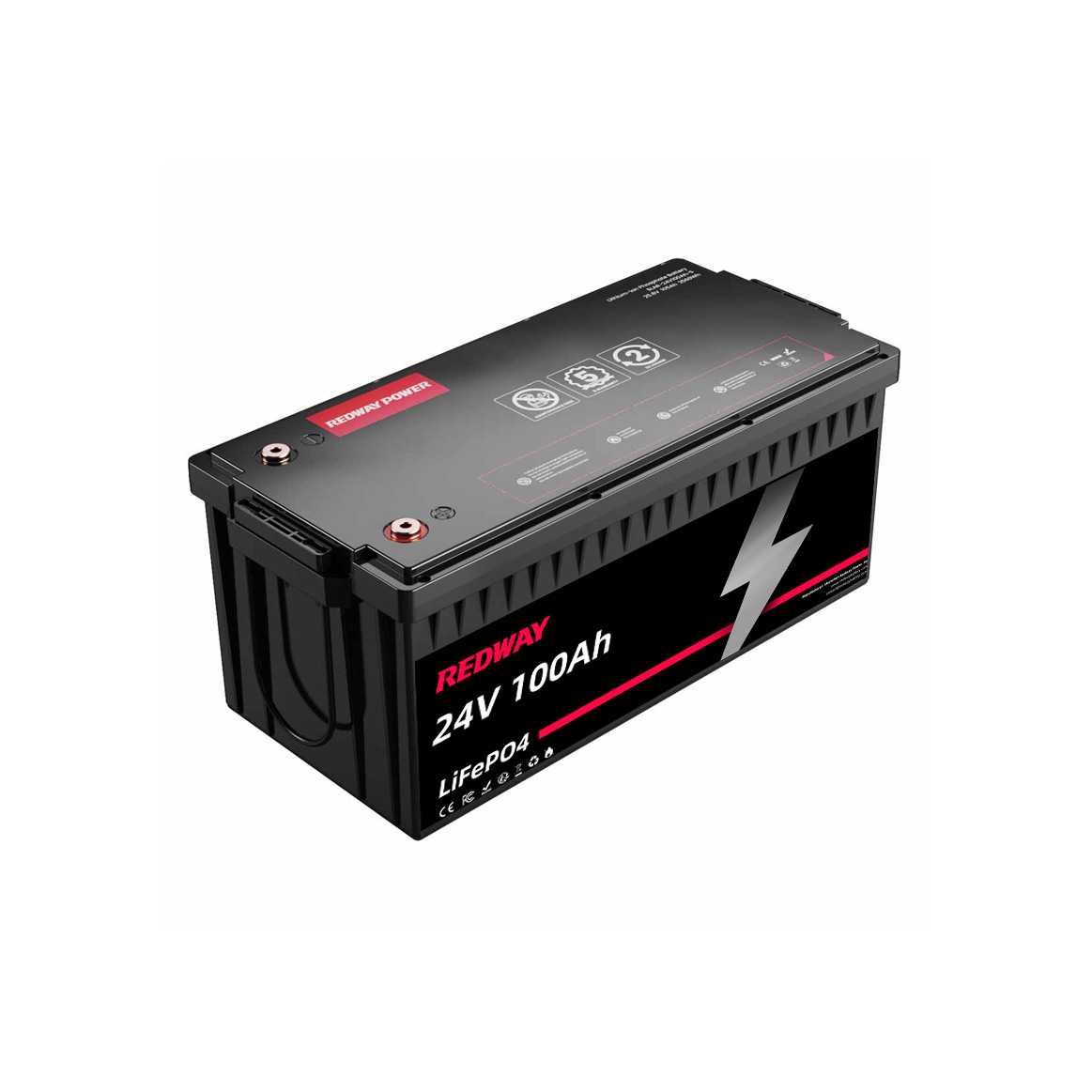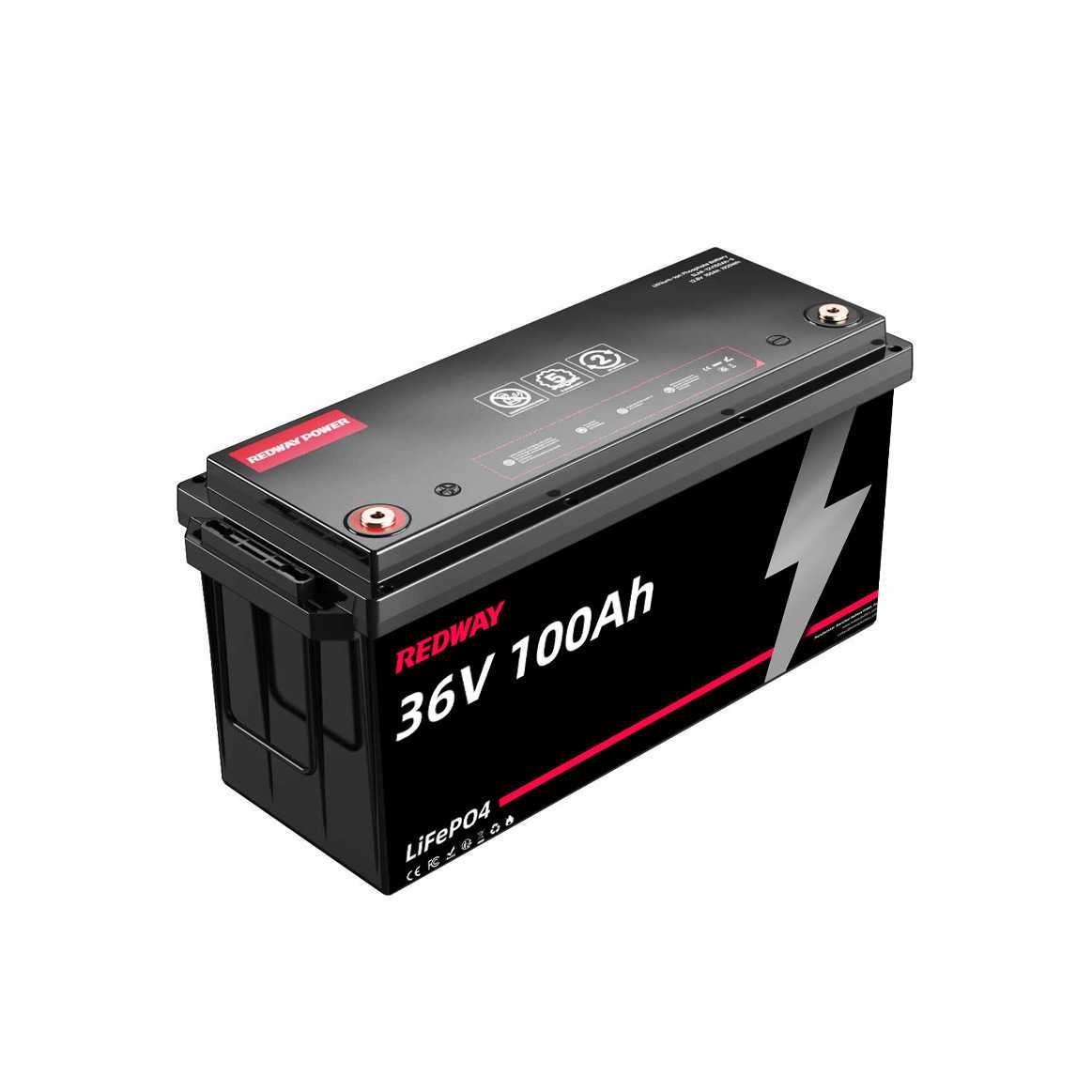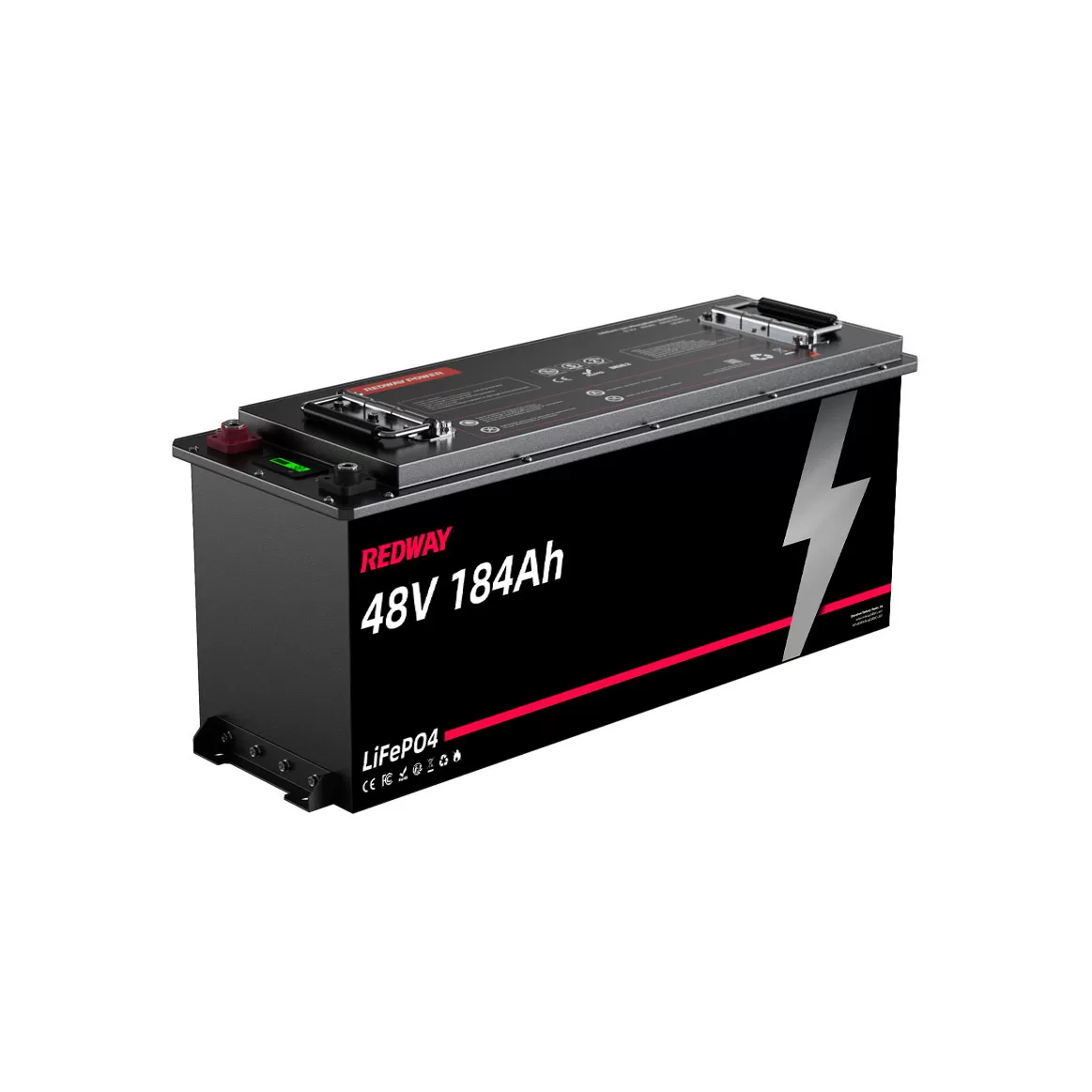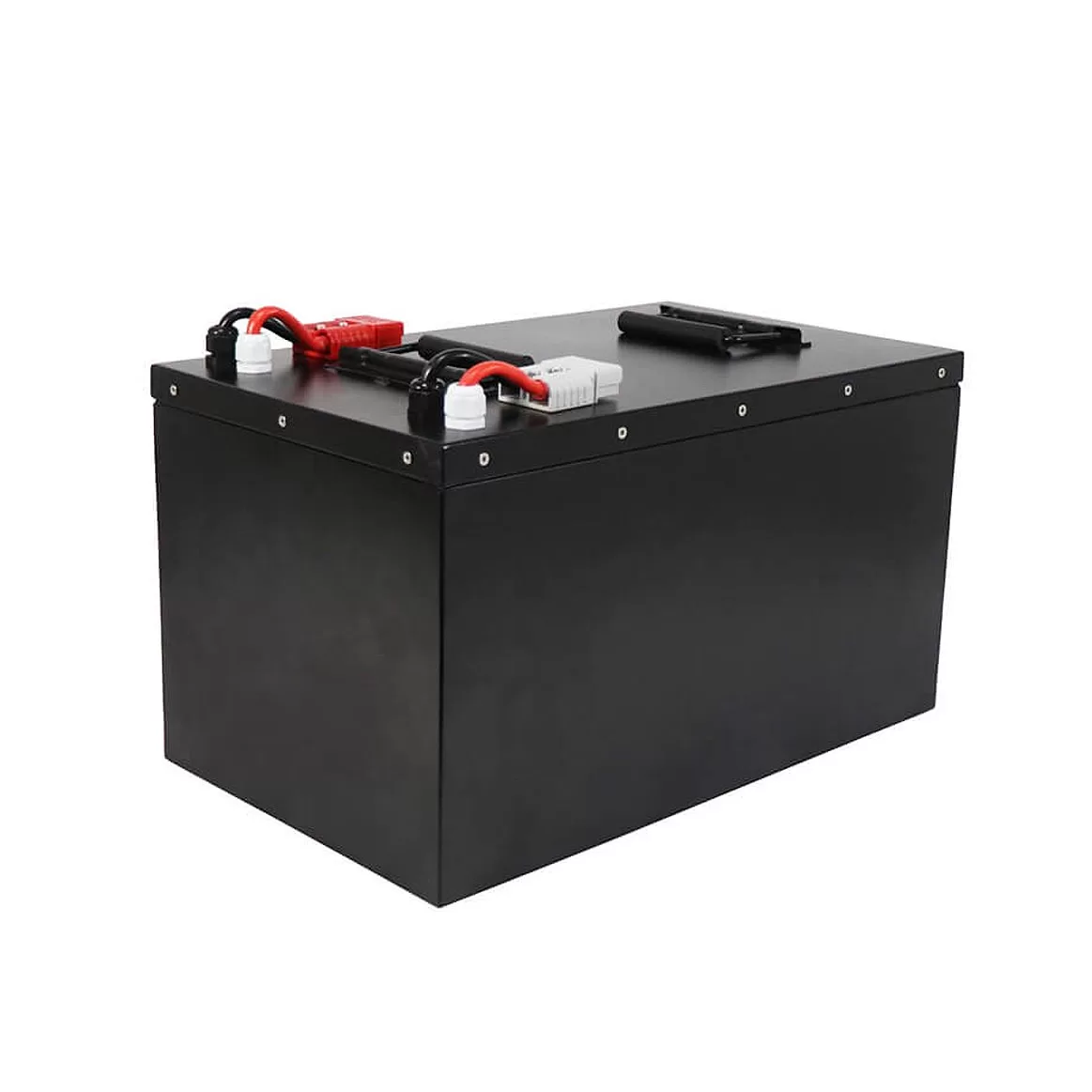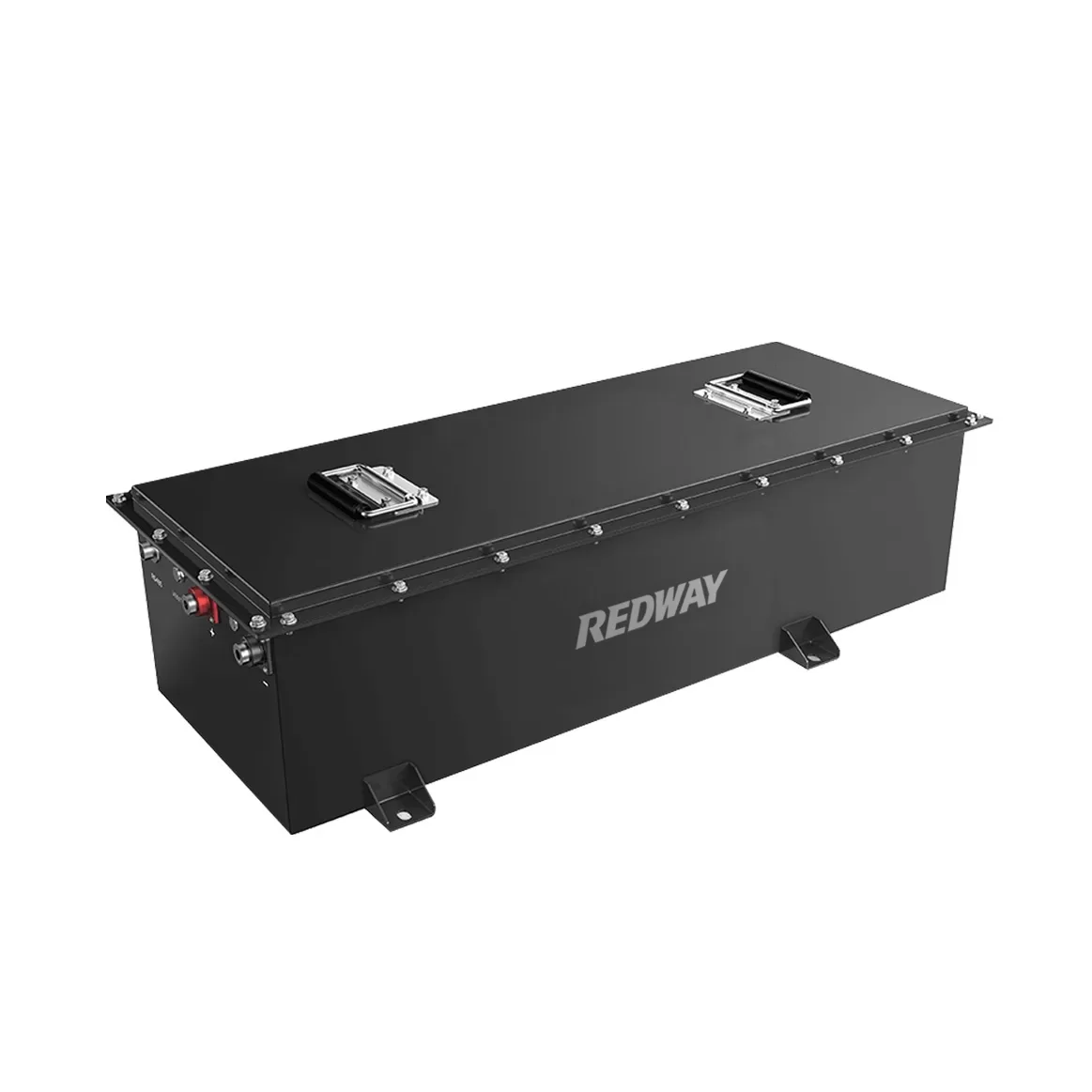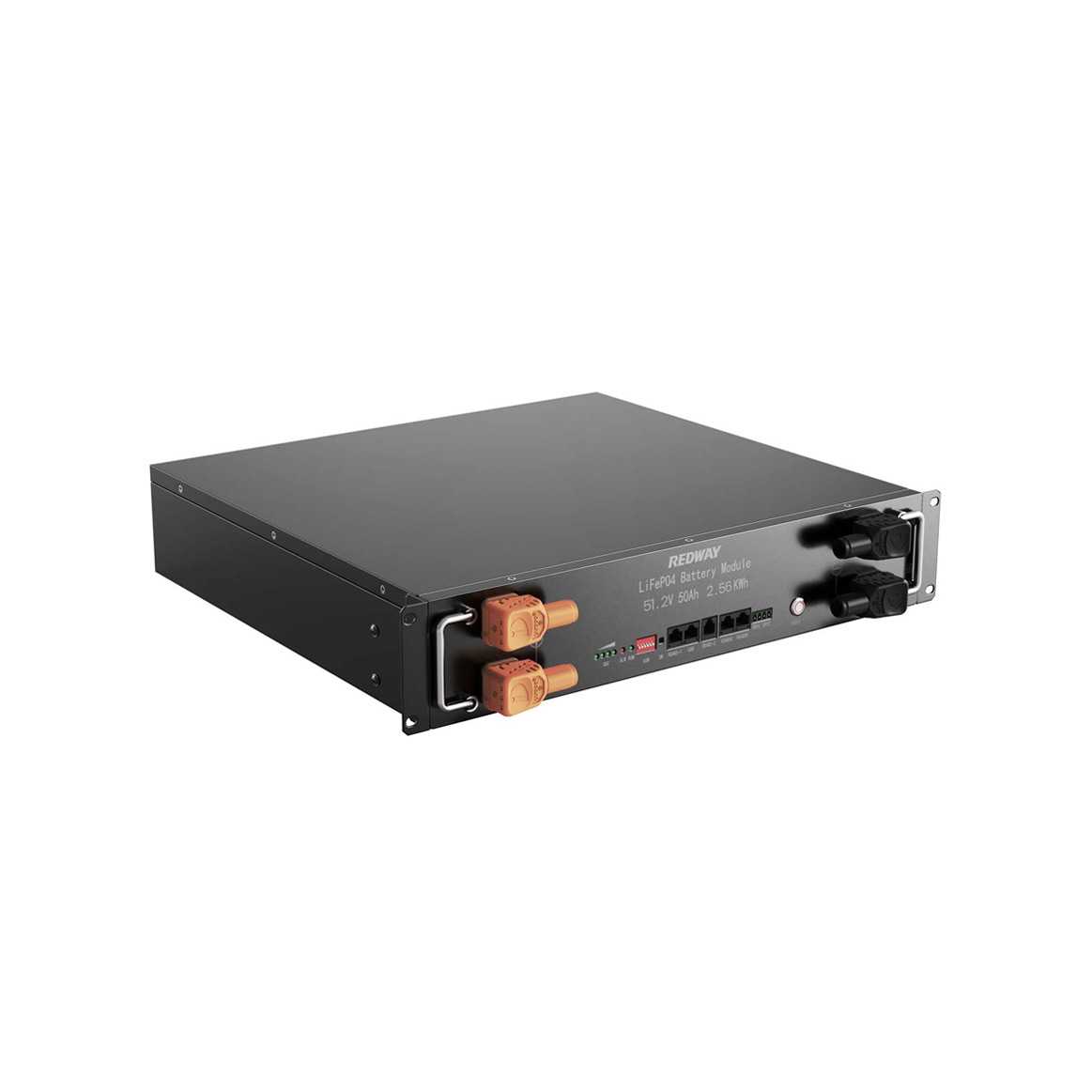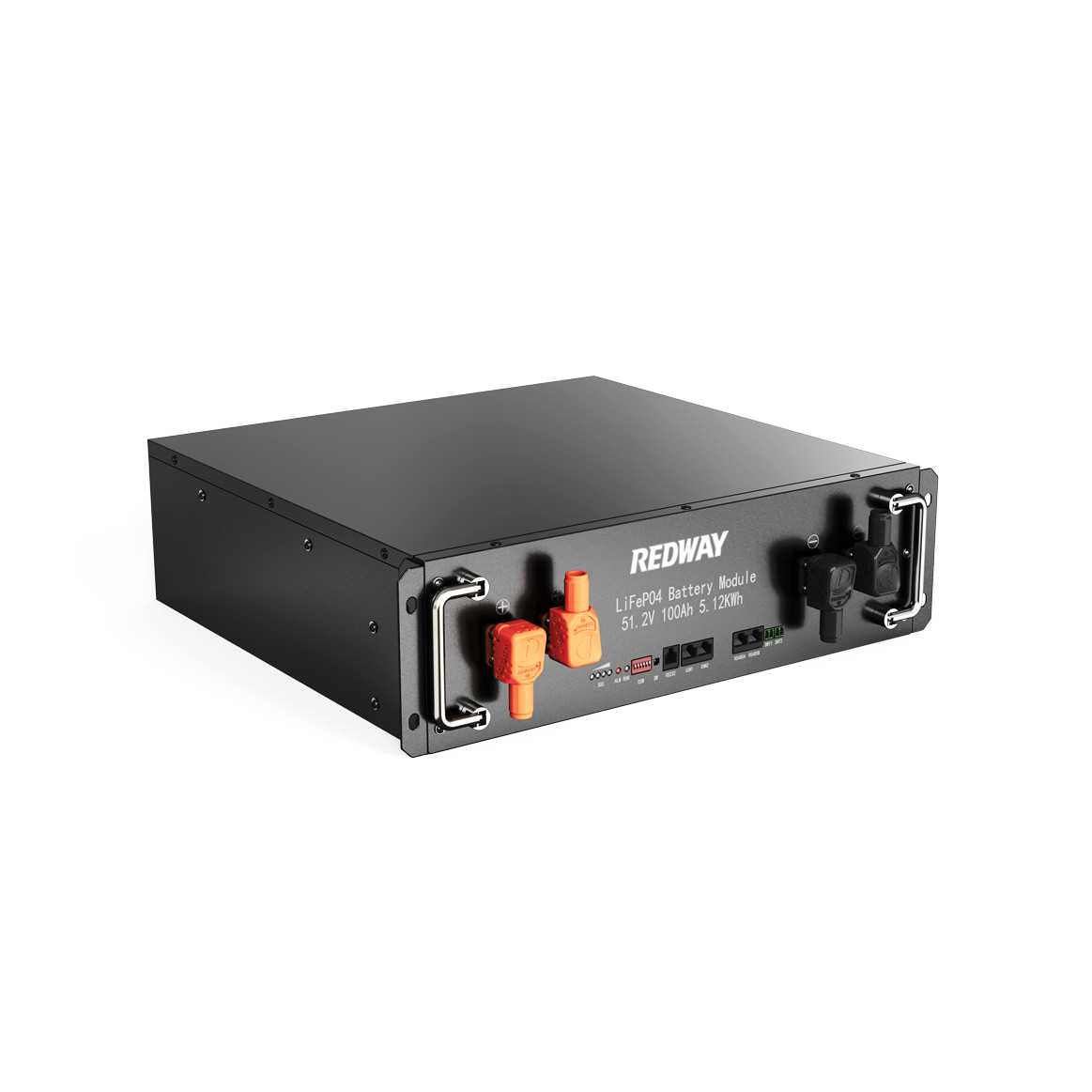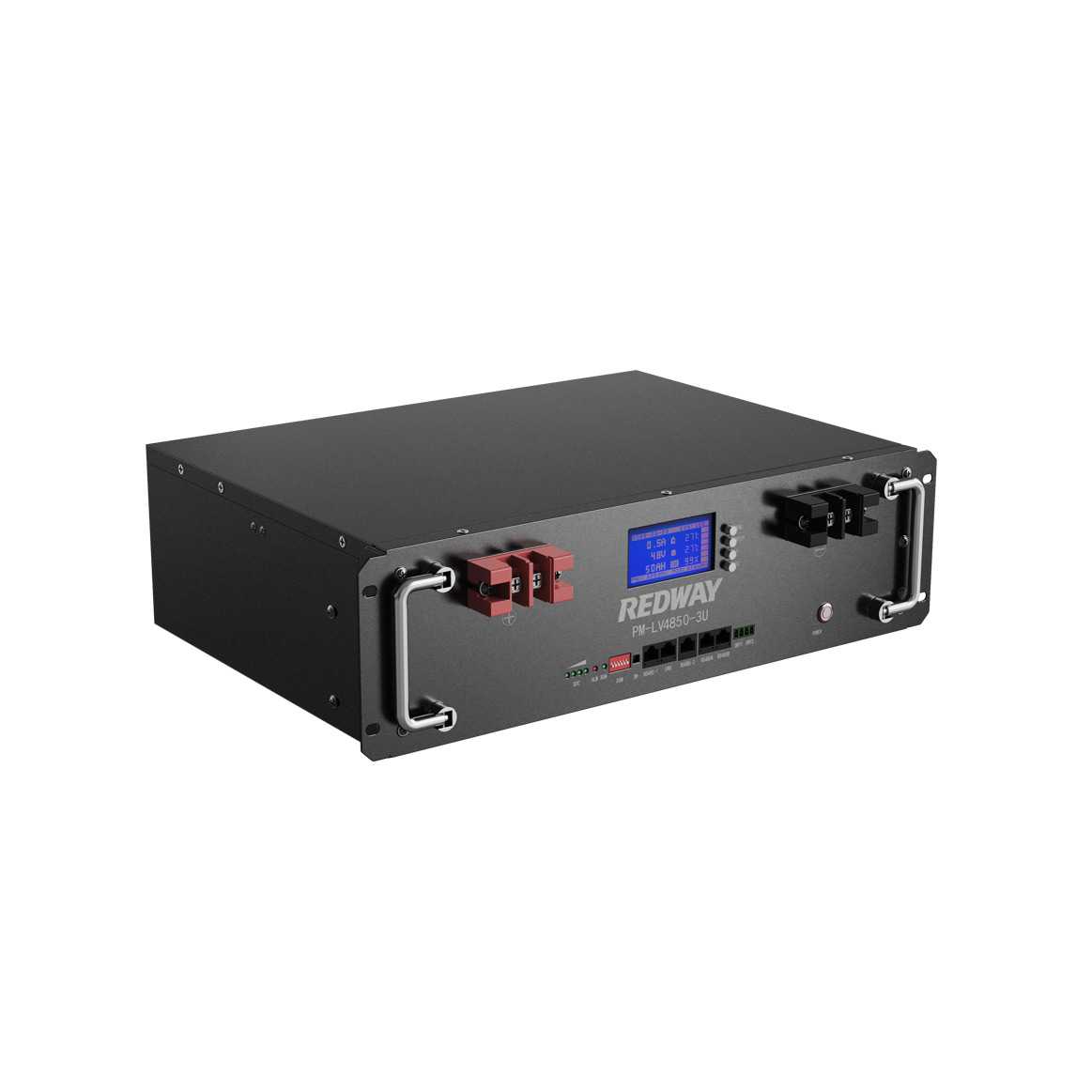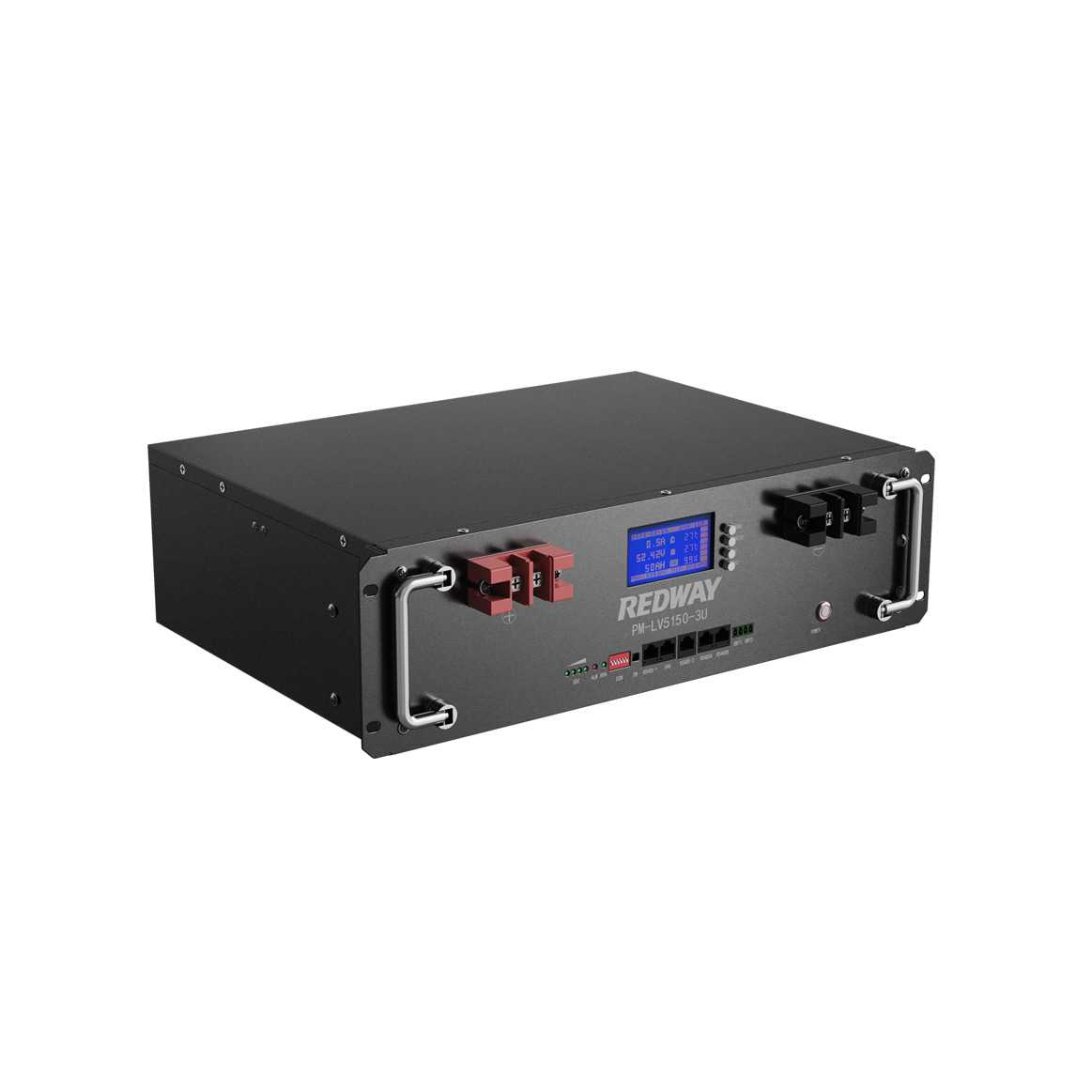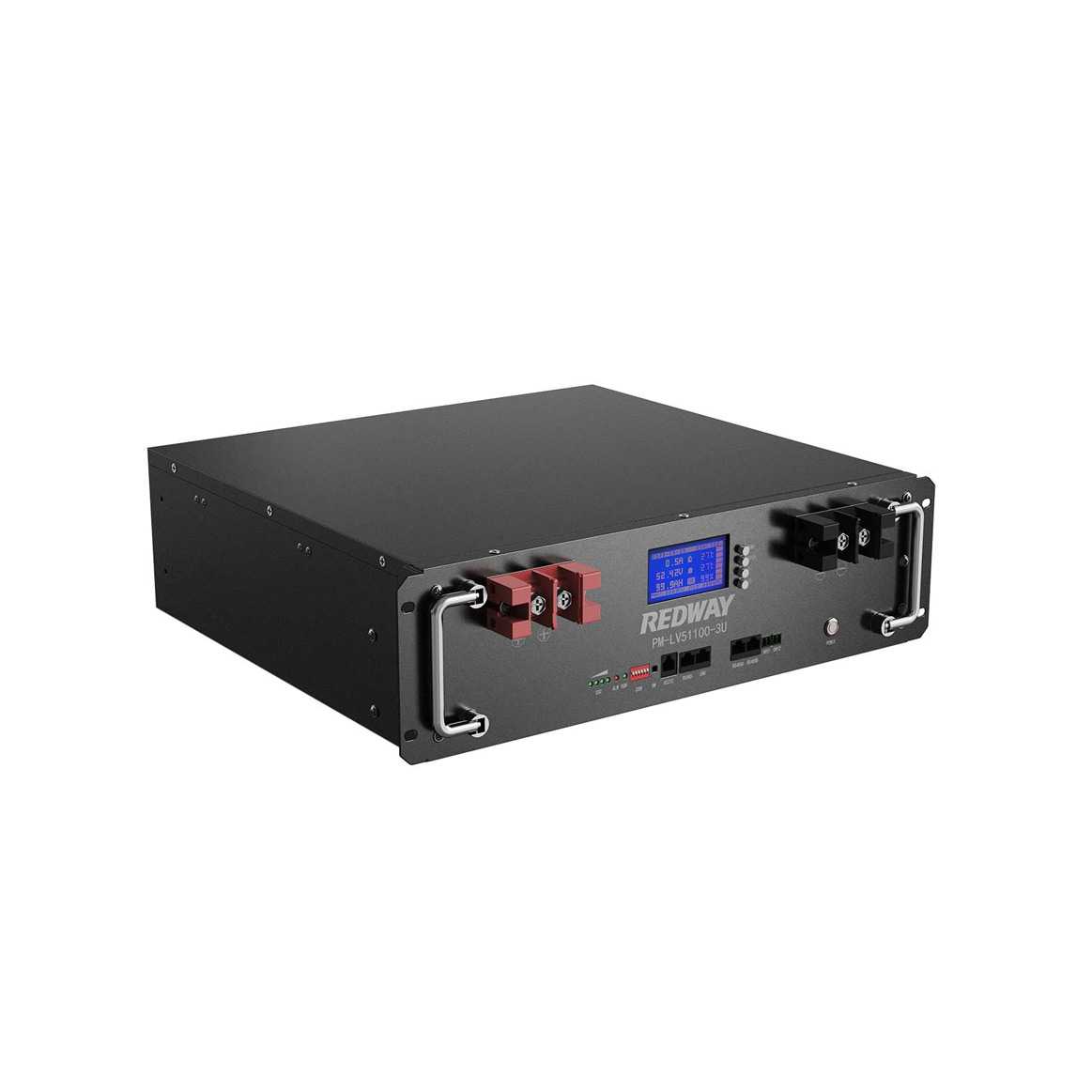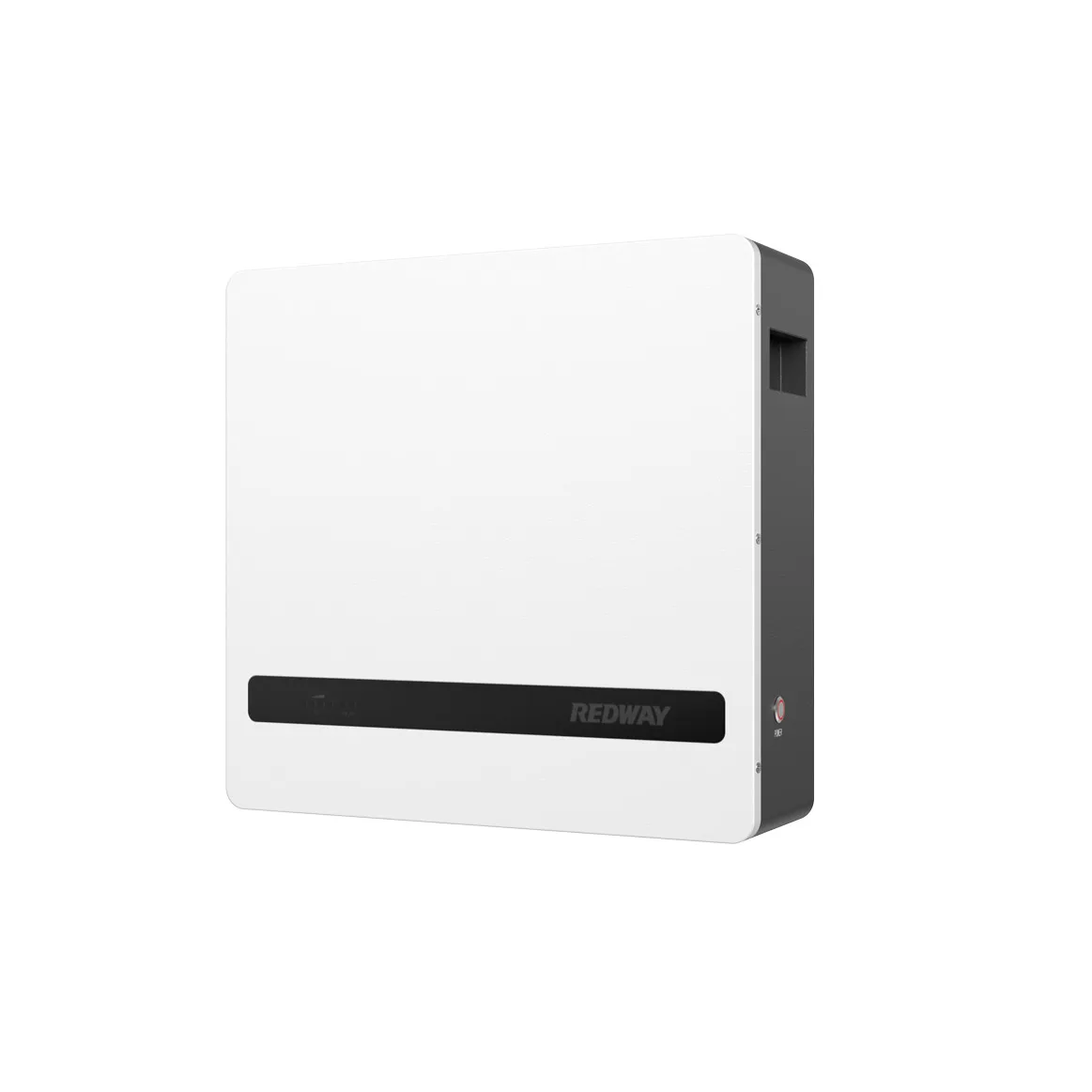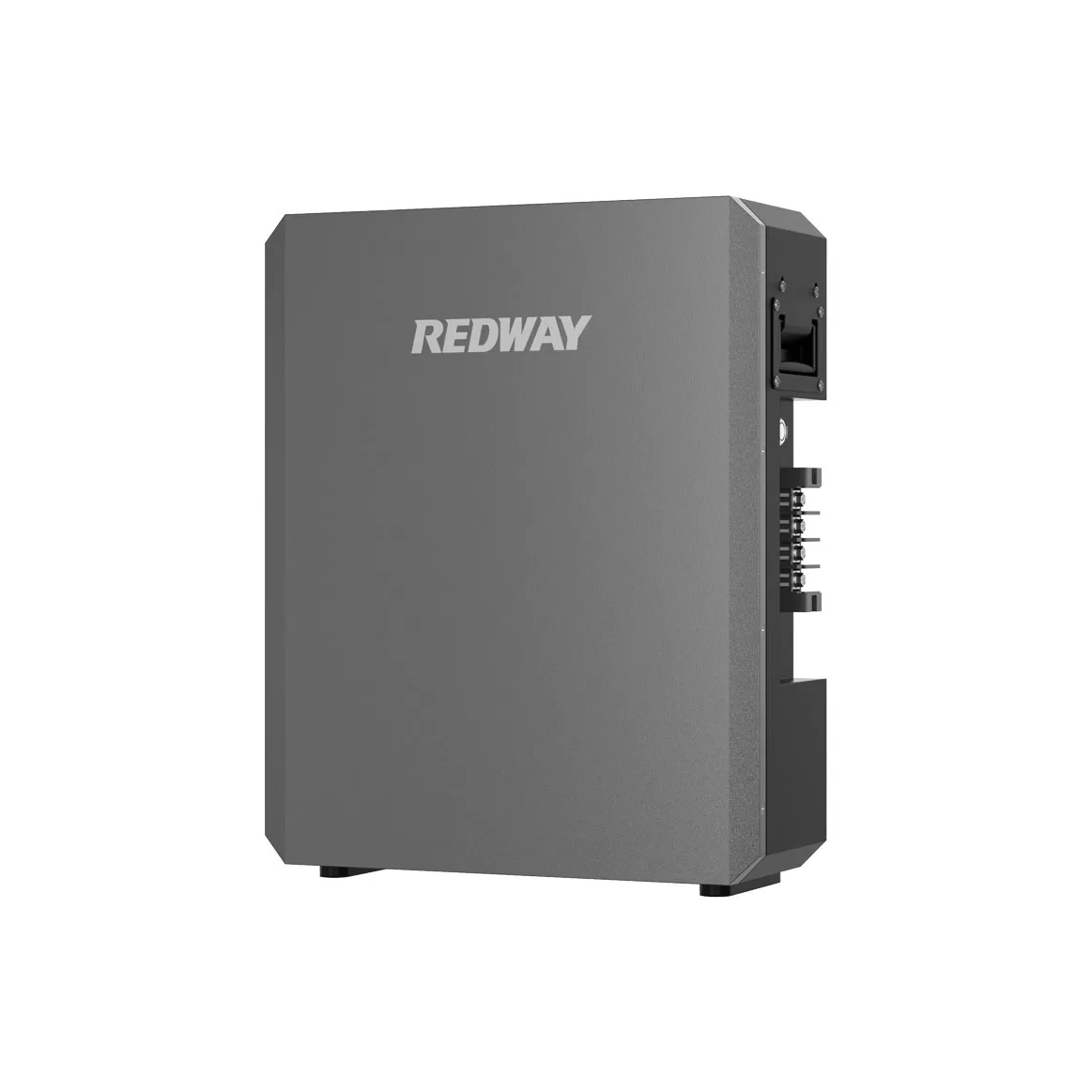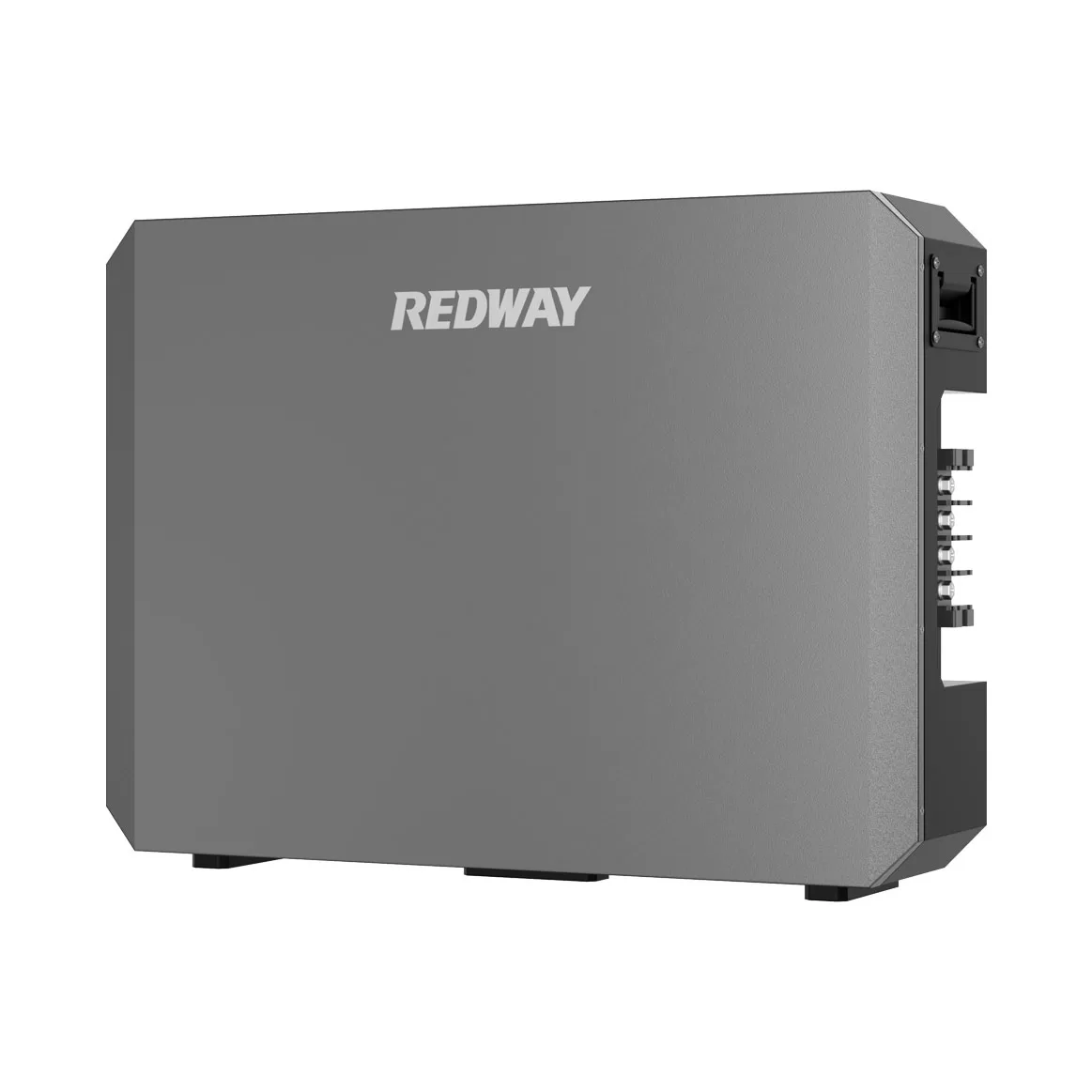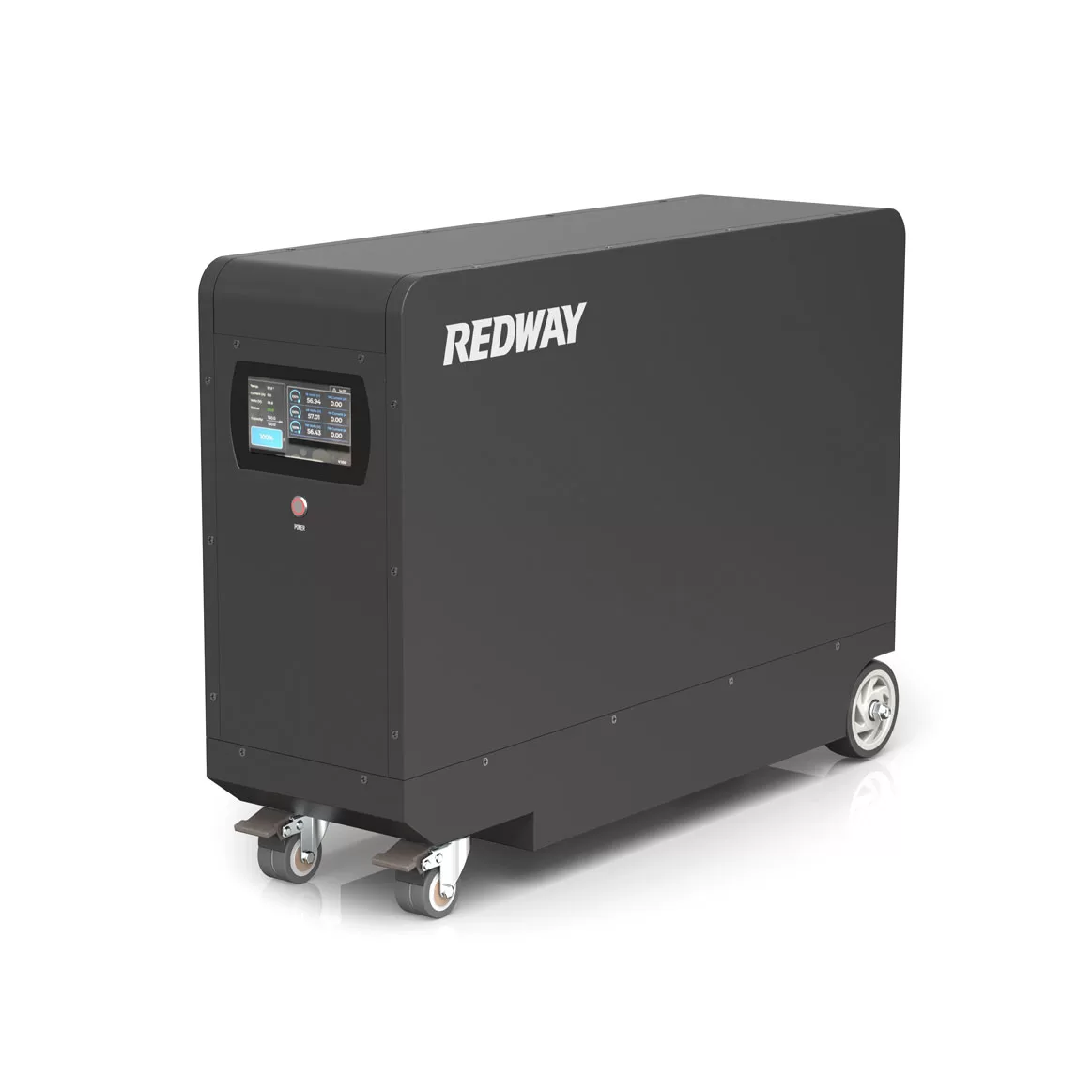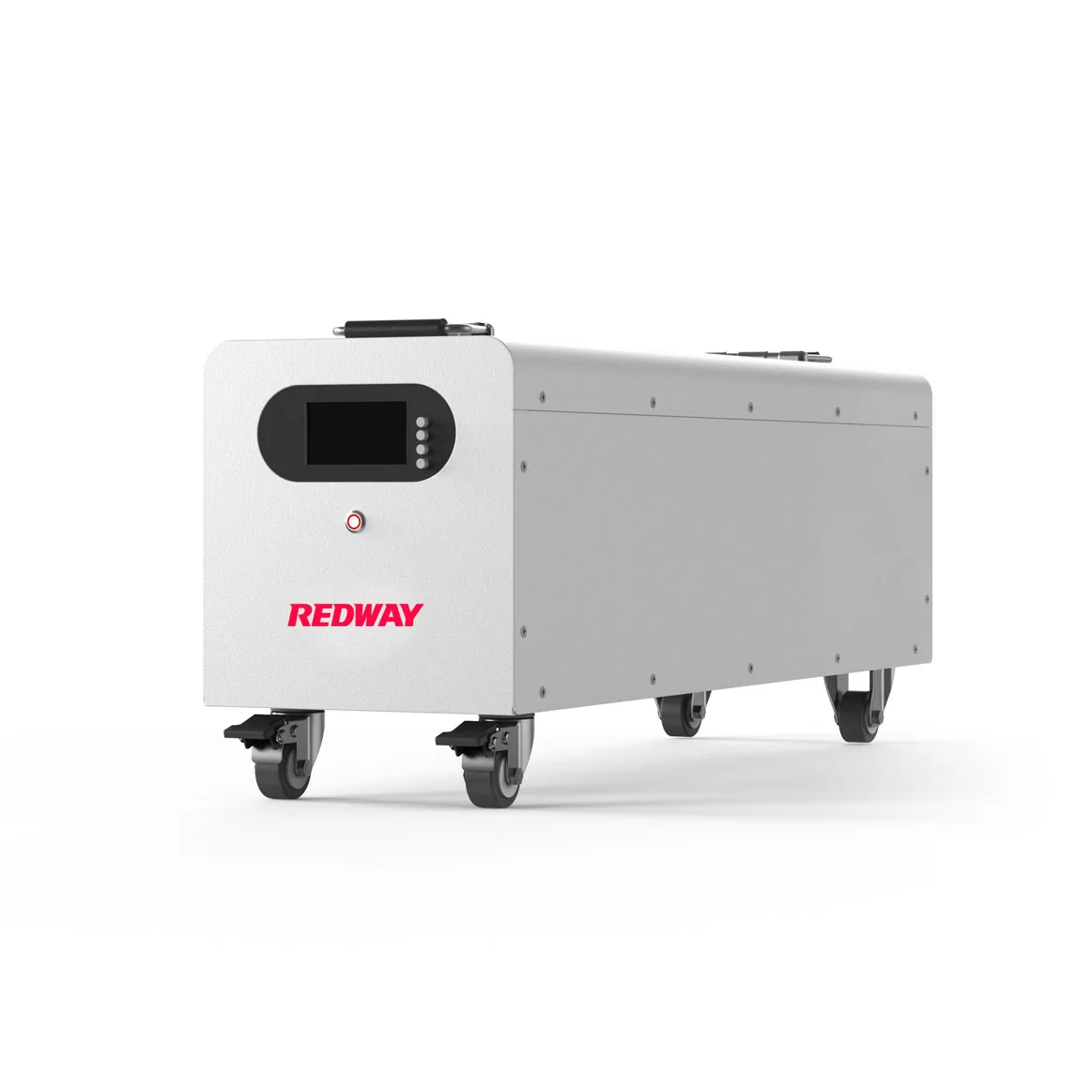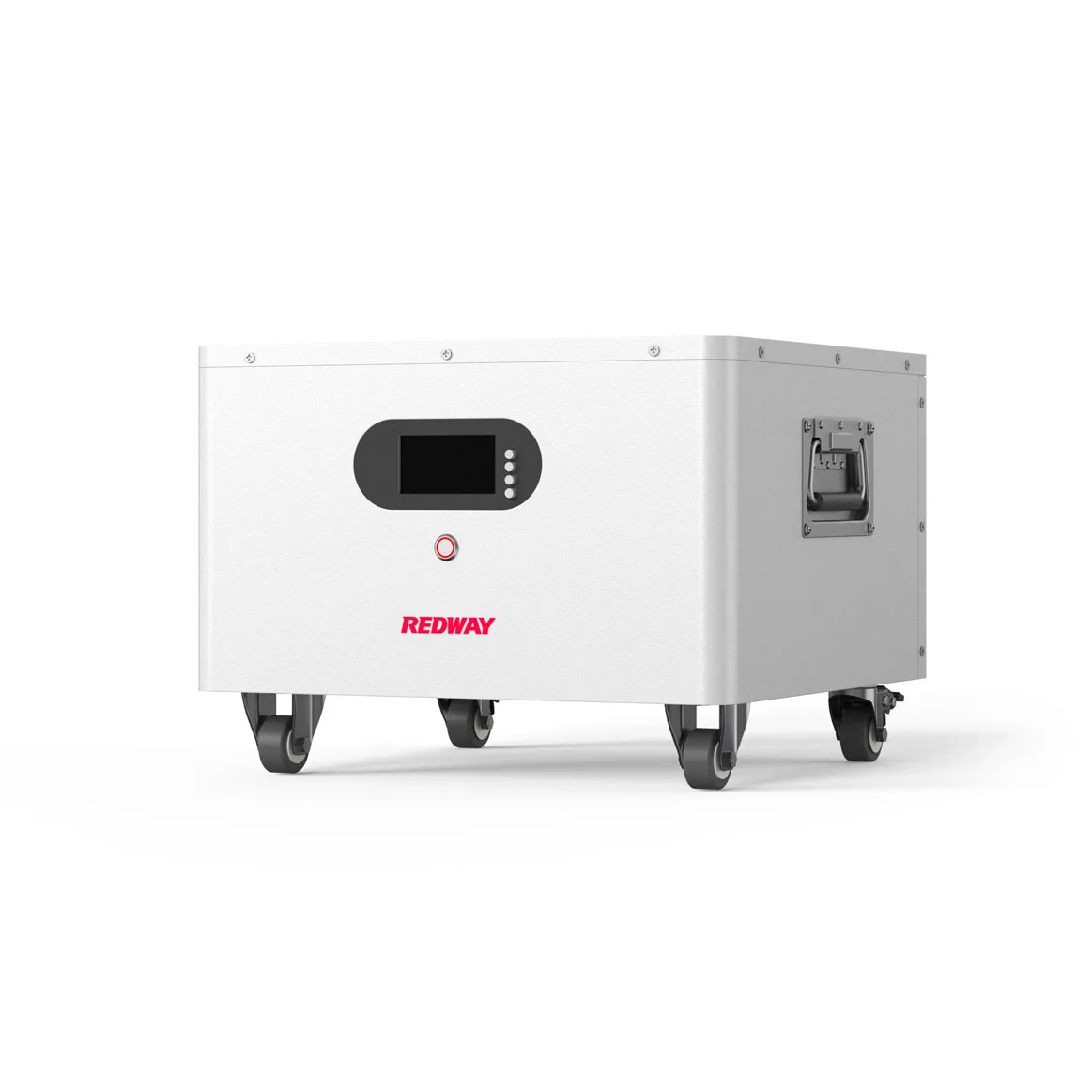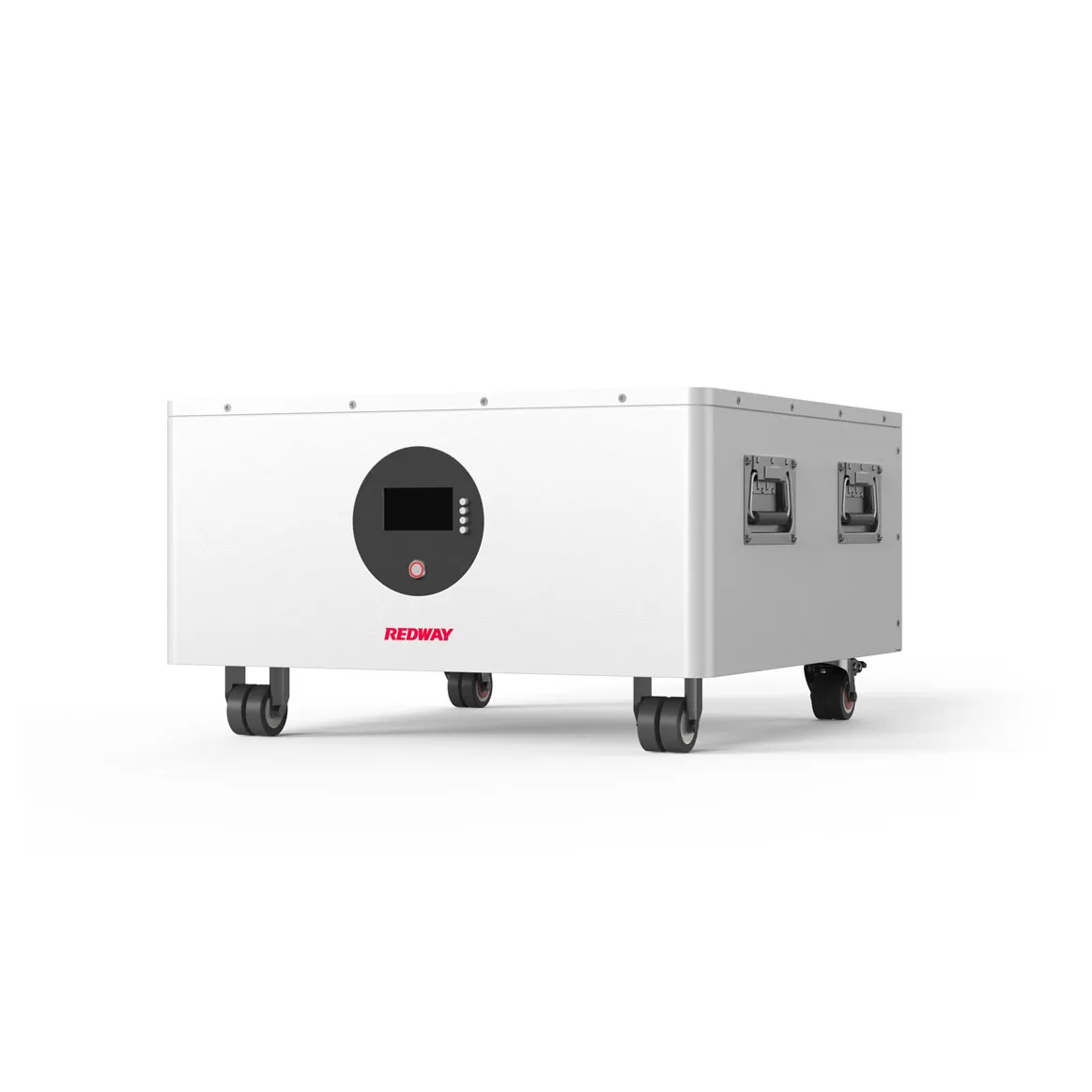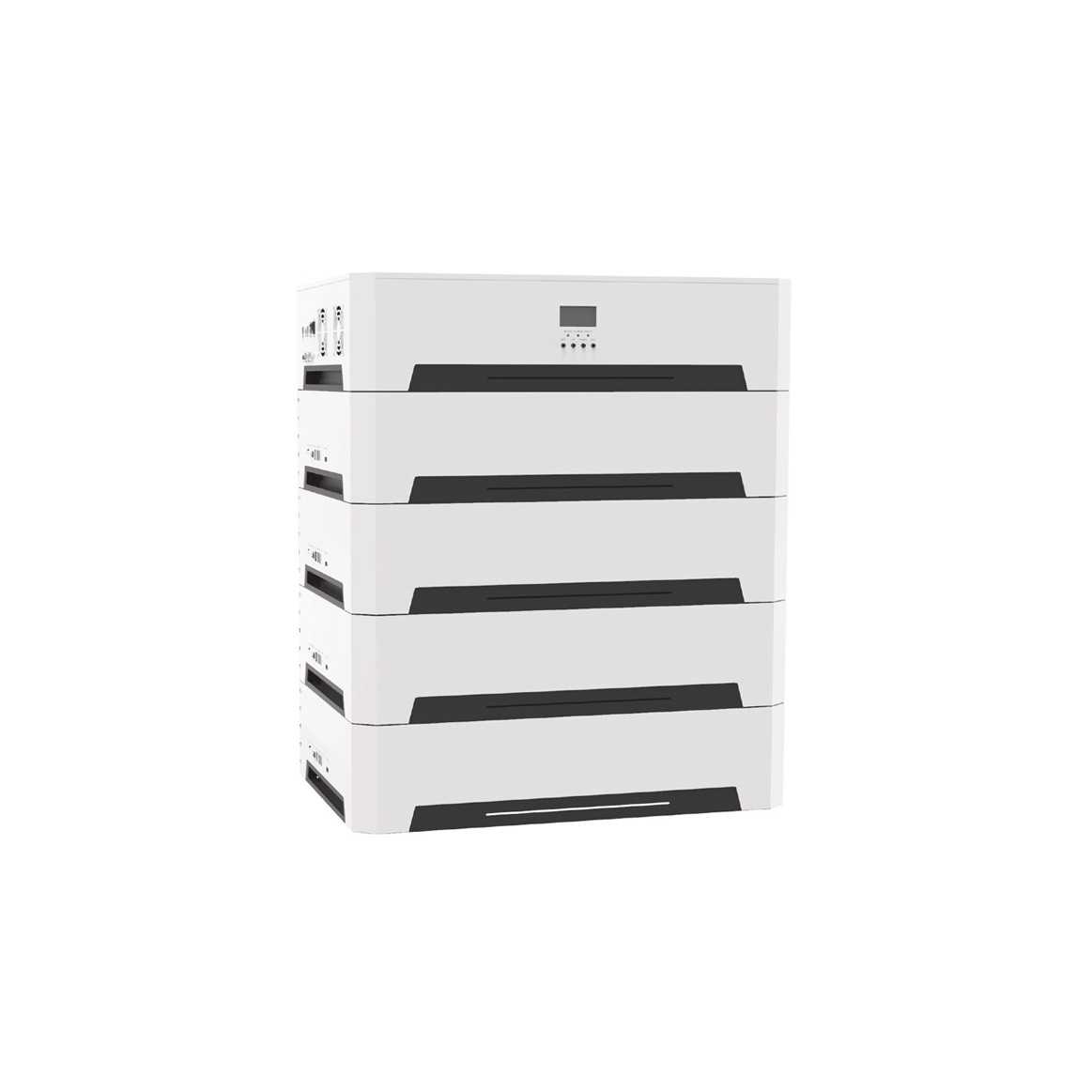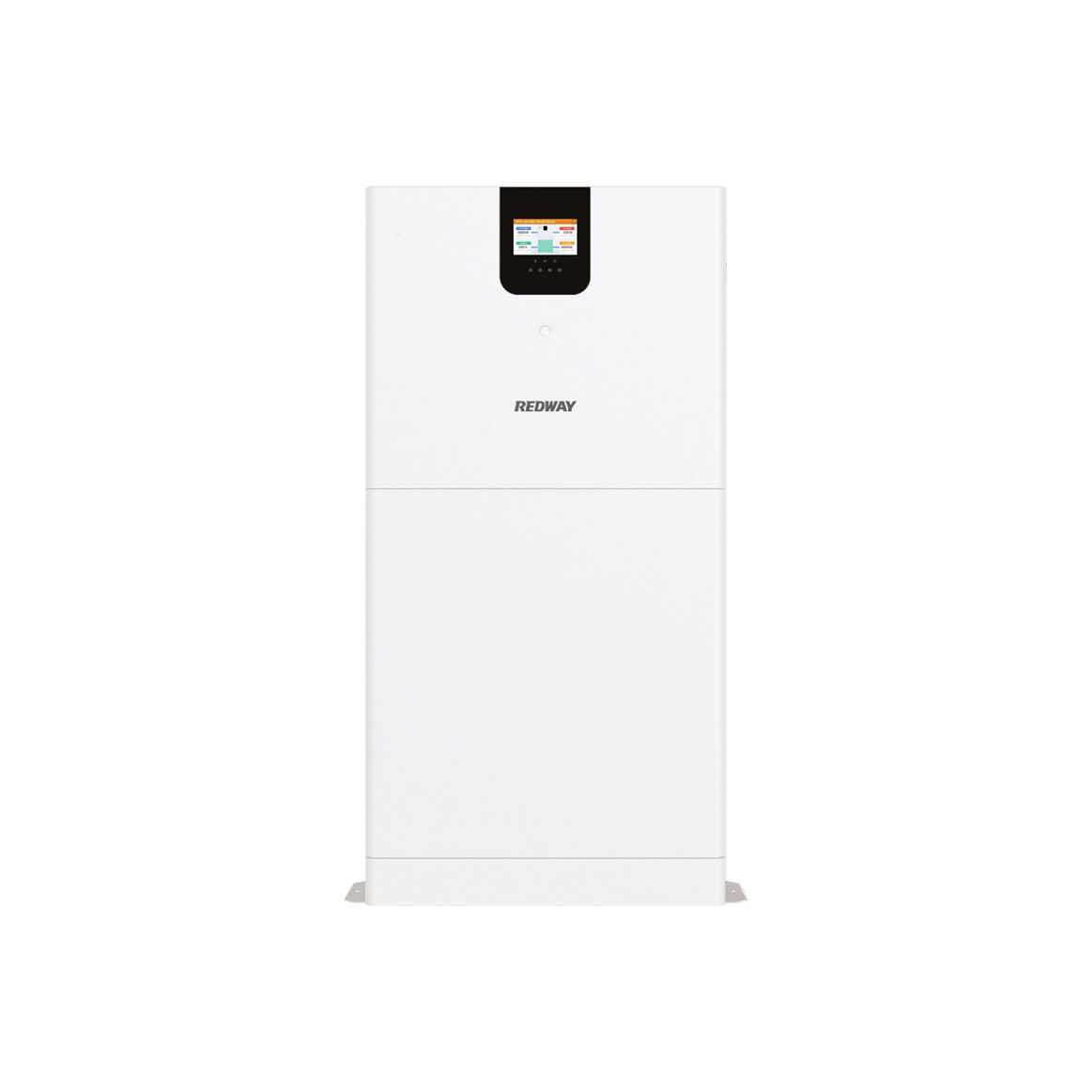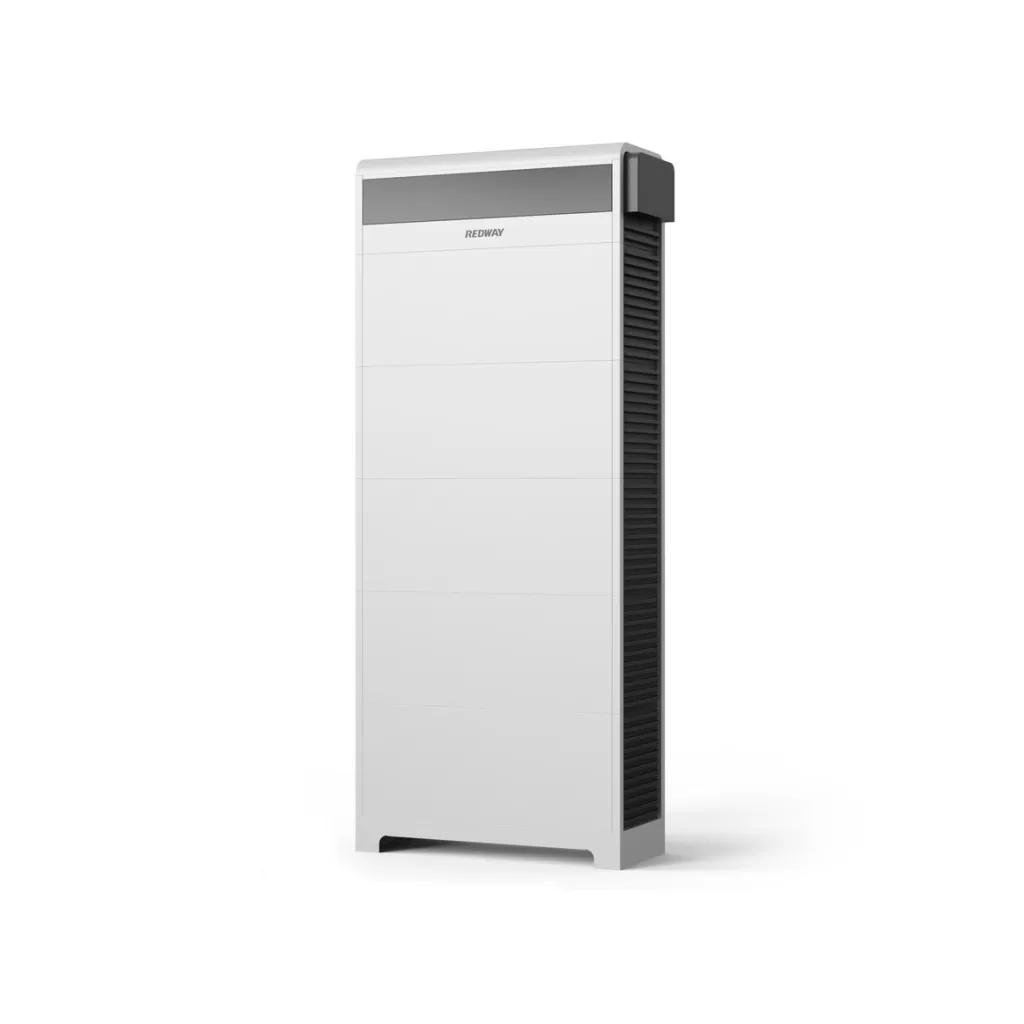يعد شحن بطارية LiFePO4 عندما تكون أكثر برودة من 32 درجة فهرنهايت أمرا محفوفا بالمخاطر. يمكن أن يؤدي إلى طلاء الليثيوم ، مما يقلل من مقدار الطاقة التي يمكن لبطاريتك تخزينها ويزيد من فرصة حدوث ماس كهربائي. هذا يمكن أن يدمر بطاريتك بشكل لا يمكن إصلاحه. إذا كنت شخصا يستخدم بطاريات LiFePO4 لتشغيل أجهزتك ، فأنت تعلم أنها واحدة من أفضل خيارات البطاريات المتوفرة في السوق. فهي لا توفر أداء عاليا وعمرا طويلا فحسب ، بل تعتبر أيضا صديقة للبيئة. ومع ذلك ، هل تعلم أن معرفة درجة الحرارة الدنيا لبطاريات LiFePO4 أمر بالغ الأهمية لأدائها العام؟ في منشور المدونة هذا ، سنستكشف سبب أهمية فهم نطاق درجة الحرارة المثالي لهذه البطاريات وكيف تؤثر درجات الحرارة المنخفضة على أدائها وعمرها. لذا تناول فنجانا من القهوة ودعنا نتعمق في كل ما يمكن معرفته عن بطاريات LiFePO4!
أحد عيوب بطاريات فوسفات الحديد الليثيوم هو أنه لا يمكن شحنها عندما يكون الجو باردا جدا. إذا كانت درجة الحرارة أقل من 0 درجة مئوية ، فيجب تجنب شحن بطارية LiFePO4. يمكن أن يؤدي ذلك إلى طلاء الليثيوم ، مما يقلل من أداء البطارية ويمكن أن يتسبب في حدوث ماس كهربائي وتلفها بشكل لا يمكن إصلاحه. لشحن بطارية LiFePO4 في ظروف التجمد ، يجب عليك تسخينها أولا. يمكنك القيام بذلك عن طريق إحضار البطارية إلى مكان أكثر دفئا ، أو عن طريق تغطيتها ببطانية حرارية ، أو عن طريق وضعها بالقرب من سخان صغير.

ما هي بطارية LiFePO4؟
Table of Contents
ToggleLiFePO4 ، أو فوسفات الحديد الليثيوم ، هو نوع من البطاريات القابلة لإعادة الشحن التي اكتسبت شعبية في السنوات الأخيرة. وهي معروفة بكثافتها العالية للطاقة ودورة حياتها الطويلة ، مما يجعلها خيارا ممتازا لمختلف التطبيقات مثل السيارات الكهربائية وأنظمة تخزين الطاقة المتجددة. على عكس بطاريات الرصاص الحمضية التقليدية ، فإن بطاريات LiFePO4 أخف وزنا وأكثر إحكاما. هذا يجعلها مثالية للأجهزة المحمولة مثل الهواتف الذكية وأجهزة الكمبيوتر المحمولة. بالإضافة إلى ذلك ، يمكن شحنها بسرعة دون الإضرار بالعمر الإجمالي للبطارية.
تتمتع بطاريات فوسفات الحديد الليثيوم (LiFePO4) بالعديد من الفوائد مقارنة ببطارية الرصاص الحمضية التقليدية ، مثل العمر الافتراضي الأطول ، وأداء التفريغ الأفضل ، والوزن الأخف ، والمرونة المناخية ، والقدرة على الدورة العميقة. على الرغم من أن بطاريات LiFePO4 قد تكلف أكثر من بطاريات الرصاص الحمضية ، إلا أنها تستحق ذلك على المدى الطويل لأنها تتطلب صيانة واستبدال أقل. لذلك ، أصبحت بطاريات LiFePO4 أكثر شيوعا لمختلف الاستخدامات المنزلية والصناعية.
تتمثل إحدى المزايا الرئيسية لبطاريات LiFePO4 على الأنواع الأخرى من بطاريات الليثيوم أيون في ميزات الأمان الخاصة بها. هم أقل عرضة للاشتعال أو الانفجار مقارنة بكيمياء الليثيوم أيون الأخرى بسبب تركيبها الكيميائي المستقر. تقدم بطاريات LiFePO4 العديد من المزايا التي تجعلها خيارا شائعا بين المستهلكين اليوم. مع استمرار تقدم التكنولوجيا ، يمكننا أن نتوقع أن تصبح هذه البطاريات أكثر كفاءة وتستخدم على نطاق واسع في مختلف الصناعات في جميع أنحاء العالم.


أهمية معرفة درجة الحرارة الدنيا لبطارية LiFePO4
يعد فهم درجة الحرارة الدنيا لبطارية LiFePO4 أمرا بالغ الأهمية لأدائها الفعال وعمرها الطويل. يمكن أن تساعدك هذه المعلومات في تحديد ما إذا كان تطبيق معين مناسبا لهذا النوع من البطاريات أم لا.
إذا لم يتم الحفاظ على الحد الأدنى لنطاق درجة الحرارة ، فقد يؤدي ذلك إلى ضعف الأداء وتقليل السعة وحتى تلف دائم للبطارية. على سبيل المثال ، إذا تم استخدامه في بيئات منخفضة الحرارة دون وجود آليات تسخين مناسبة ، فقد يتجمد المنحل بالكهرباء بالداخل ، مما يتسبب في تلف لا رجعة فيه لبنية الخلية.
علاوة على ذلك ، تتيح لك معرفة الحد الأدنى لنطاق درجة الحرارة اختيار نظام إدارة البطارية المناسب الذي ينظم دورات الشحن والتفريغ بناء على درجات الحرارة المحيطة.
في كثير من الحالات ، تتعرض البطاريات لظروف بيئية قاسية مثل الحرارة الشديدة أو البرودة أثناء النقل أو التخزين. ستمكنك معرفة هذه المعلمات مسبقا من اتخاذ الاحتياطات اللازمة مثل العزل أو مرافق التخزين التي يتم التحكم فيها بالمناخ.
لذلك ، يعد فهم متطلبات درجة الحرارة الدنيا لبطاريات LiFePO4 أمرا ضروريا لضمان أدائها الأمثل مع تجنب مخاطر السلامة المحتملة المرتبطة بالاستخدام غير السليم.

Ideal temperature range for LiFePO4 battery
The best temperature range for LiFePO4 batteries is from 0°C to 45°C (32°F and 113°F). They can also work from -20°C to 60°C (-4°F to 140°F), but not as well. Keeping the battery in the right temperature range is important for its quality, durability, and safety.
The ideal temperature range for LiFePO4 battery is crucial to ensure optimal performance and longevity. Generally, the recommended operating temperature for LiFePO4 batteries falls between -20°C to 60°C or -4°F to 140°F. However, the specific ideal range may vary depending on the manufacturer’s recommendations and application requirements.
Temperature fluctuations outside of this range could have negative effects on battery performance, resulting in a shorter lifespan and reduced capacity. High temperatures can cause electrolyte breakdown while low temperatures increase internal resistance reducing energy output.
It is essential to maintain a stable temperature within the ideal range by implementing proper cooling or heating mechanisms if necessary. For instance, in high-temperature environments like electric vehicles (EVs), active cooling systems such as fans or liquid-cooling are used.
Therefore, it is important always to check with manufacturers’ documentation before using LiFePO4 batteries since different applications may require different optimum ranges.

Effects of temperature on LiFePO4 battery performance and lifespan
The performance and lifespan of LiFePO4 batteries can be significantly affected by temperature. Extreme temperatures, whether hot or cold, have a direct impact on the battery’s chemistry and internal components.
At high temperatures, the battery’s electrolyte can break down faster, leading to reduced capacity and accelerated aging. This means that lithium-ion batteries like LiFePO4 may not perform optimally in environments with consistently high temperatures.
On the other hand, low temperatures also affect the performance of LiFePO4 batteries. When exposed to extremely cold conditions, the internal resistance of the battery increases which reduces its overall efficiency. In addition, lower temperatures will cause a reduction in voltage output resulting in reduced power delivery from your device or equipment powered by these batteries.
Moreover, frequent exposure to extreme temperature ranges can ultimately shorten their lifespan regardless of how well you maintain them.
Therefore it is important for users to take into account all environmental factors when using LiFePO4 batteries so as not to compromise their longevity and effectiveness over time.

The minimum temperature for LiFePO4 battery
The minimum temperature for LiFePO4 battery is an important factor to consider when using this type of battery in various applications. The lowest recommended operating temperature for LiFePO4 batteries is typically around -20°C (-4°F). However, some manufacturers may have different recommendations based on their specific product design and chemistry.
At temperatures below the recommended minimum, the performance of the battery can decrease significantly. This may result in a reduction in capacity or voltage output, which can affect the overall efficiency and lifespan of the battery. It’s important to note that exposing a LiFePO4 battery to extreme low temperatures could also cause permanent damage or even failure.
Factors such as discharge rate, storage conditions, and ambient temperature can also affect how well a LiFePO4 battery performs at low temperatures. High discharge rates or storing a fully charged battery at very low temperatures could lead to decreased performance. In contrast, storing a partially charged battery at slightly higher temperatures can help maintain its capacity over time.
Understanding the minimum temperature requirements for your particular LiFePO4 application is crucial for ensuring optimal performance and longevity of your batteries.
Factors Affecting LiFePO4 Battery Performance at Low Temperatures
Low temperatures can significantly impact the performance of LiFePO4 batteries. Some factors that affect a battery’s performance in low-temperature environments include:
1. Internal Resistance: At low temperatures, a battery’s internal resistance increases, which leads to decreased efficiency and capacity.
2. Electrolyte Conductivity: The conductivity of the electrolyte decreases at lower temperatures, leading to reduced current flow and slower charging/discharging rates.
3. Temperature Dependency of Voltage: LiFePO4 batteries have a temperature-dependent voltage characteristic. As temperature decreases, voltage output also reduces which could lead to discharging issues.
4. Capacity Loss Due To Reduced Charge Acceptance: Cold conditions may reduce the amount of energy that can be accepted by the battery during charging, thereby reducing its overall capacity.
5. Increased Self-Discharge Rate: Low temperatures increase self-discharge rates within lithium-ion batteries causing higher discharge rates resulting in faster cell aging

It is vital to consider these factors when designing or operating systems that use LiFePO4 batteries in cold environments or applications such as electric vehicles driven in winter months where they are exposed to cold weather conditions
Low Temperature Applications of LiFePO4 Battery
LiFePO4 batteries are becoming increasingly popular in low-temperature applications due to their superior performance at colder temperatures. These batteries can operate efficiently at temperatures as low as -20°C, making them ideal for use in cold climates.
One of the most common low-temperature applications of LiFePO4 batteries is in outdoor recreation equipment such as snowmobiles, ATVs, and ice fishing gear. These devices require reliable power sources that can perform consistently even in sub-zero temperatures.

LiFePO4 batteries are also widely used in remote monitoring systems such as weather stations or scientific research equipment stationed in Antarctica or other polar regions where extreme cold temperatures prevail. They provide a stable source of energy for these critical applications while performing reliably under harsh conditions.
Another application that benefits from the superior performance of LiFePO4 battery technology is electric vehicles (EVs) operating in cold weather environments. With conventional lead-acid batteries losing capacity rapidly during winter months, EVs equipped with LiFePO4 battery packs offer significantly increased range and reliability even when driving long distances on icy roads.
The unique characteristics of LiFePo4 chemistry make it an excellent choice for low-temperature environments where other types of batteries would struggle to perform optimally. Whether it’s outdoor recreational equipment or industrial machinery stationed at remote locations requiring uninterrupted power supply—the versatility and reliability associated with this type of battery make it an appealing option for numerous industries seeking dependable energy solutions regardless of temperature extremes they may encounter.
Conclusion
To sum it up, LiFePO4 batteries have proven to be a reliable and efficient energy storage solution for various applications. As with any battery technology, temperature plays a crucial role in the performance and lifespan of LiFePO4 batteries.
Knowing the minimum temperature for your LiFePO4 battery is essential in ensuring its optimal functionality during cold weather conditions. While each manufacturer may have specific recommendations, it’s generally recommended not to expose your LiFePO4 battery below -20℃ or 0℉.
Factors such as discharge rate, state of charge, and battery chemistry can also affect performance at low temperatures. However, advancements in materials science and engineering are continuously improving the low-temperature capabilities of these batteries.
Whether you’re using them for marine applications or off-grid solar systems that require reliable power supply during winter months, investing in high-quality LiFePO4 batteries will undoubtedly provide long-lasting benefits while keeping operational costs minimal.
Related Posts
- يمكن أن يؤدي تسرب البطاريات إلى مقدمة الحريق وأسبابه
- يشعر السكان بالارتياح بعد إزالة بطاريات الليثيوم أيون المنبعثة من الأبخرة من وارويك
- يستفيد نظام بطارية الرف من أنظمة تخزين الطاقة التقليدية
- يحتفل مهرجان Hola México السينمائي بالذكرى الخامسة عشرة لتأسيسه بتشكيلة ممتازة
- يجب معرفة المزيد حول بطارية LiFePO4 – المقدمة والمعنى
- وحدة بطارية الليثيوم LV5150-3U لبطارية الرف من بطارية Redway
